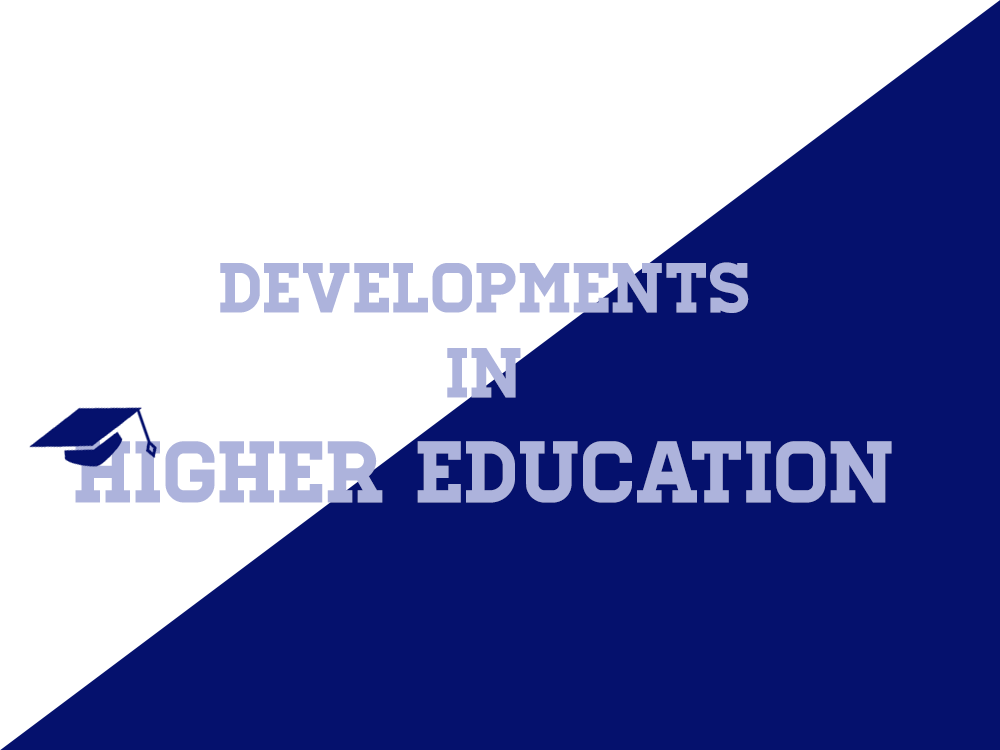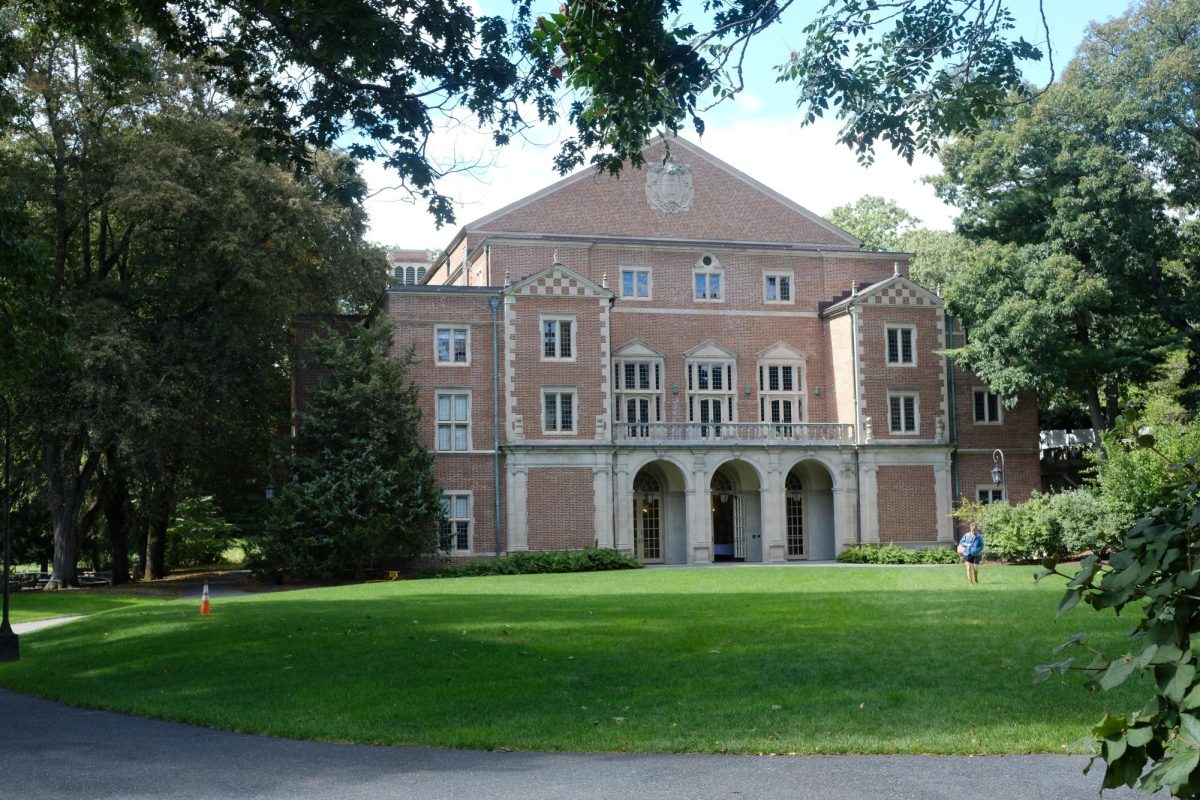Medical school enrollment increases over past decade
Medical schools nationwide have experienced a notable increase in applications and enrollments, according to statistics released this week by the Association of American Medical Colleges. The total number of applicants this year increased by 6.2 percent in comparison to last year and around 25 percent since 2002. According to the Chronicle of Higher Education, medical schools have also been working to diversify their pool of admitted students, including 6.9 percent more Hispanic or Latino students and 11.6 percent more African American students since 2002. This year, the percentage of males admitted to medical schools was approximately 52 percent and females at 48 percent, a trend that has remained relatively stable over the past few years. The number of first-time women applicants rose by 6.2 percent, in comparison to a 3.5 percent increase in male applicants applying for the first time since 2002.
NLRB reassesses whether graduate students are entitled to unions
The National Labor Relations Board (NLRB) agreed to revisit the issue of whether graduate teaching assistants at private universities should have the right to collective bargaining. Many public universities have unionized graduate teaching assistants as these schools are administered by state laws; however, private universities are regulated by the NLRB. Although the Board simply agreed to reassess this matter, most of the board’s members are in support of unions. According to Insider Higher Ed, unions advocate that graduate students should have the same rights as employees, while universities retain their view of graduate students primarily as students. Leaders in the universities claim that collective bargaining will negatively impact student-professor relationships. Furthermore, they perceive graduate students as interns who are obtaining educational experience rather than employees.
Campuses reconsider gun laws
Within the past two years, almost 15 state legislatures have debated whether students, teachers and administrators should be allowed to carry weapons on school campuses. Ever since 2007, states including Idaho, Mississippi, Kansas, Wisconsin and now Texas have made it legal for gun owners to carry weapons on campus. The primary reason in support of this right is that the best way to halt an attack on campus is for bystanders to provide an armed response prior to the police’s arrival. Others say that carrying weapons on campus can potentially reduce the risk of sexual assault. After the recent shooting in Oregon this month, some argued that the death count could have been lower had someone been carrying a gun to stop to the shooter. In June, lawmakers in Texas approved a bill that legalized carrying weapons on campus. Ever since, faculty and students have organized a variety of protests denouncing this regulation and claiming that they do not feel safe on campus anymore. Faculty members at the University of Texas at Austin signed a petition to stop carrying guns on campus, and Economics professor Daniel Hamermesh resigned.
Studies question the value of the high school diploma
Although high school graduation rates have increased, policymakers are analyzing whether students are actually receiving adequate preparation for college. Achieve assessed the various diploma options available to students in all 50 states across the nation and determined whether these diplomas met standards for college-and-career readiness (CCR) in English/literacy and math. Their studies revealed that although many states have several options for diplomas, there are 20 states whose diplomas do not require students to complete CCR requirements. According to Achieve’s report, all states have CCR standards for their mathematics and English courses, but they do not require all of their students to take these courses prior to graduation. Therefore, although graduation rates may be increasing, this number does not reflect whether those students have taken CCR-required courses. Policymakers are now taking steps to ensure that families are aware of the course requirements and diploma options in order to improve their children’s post-high school success.






